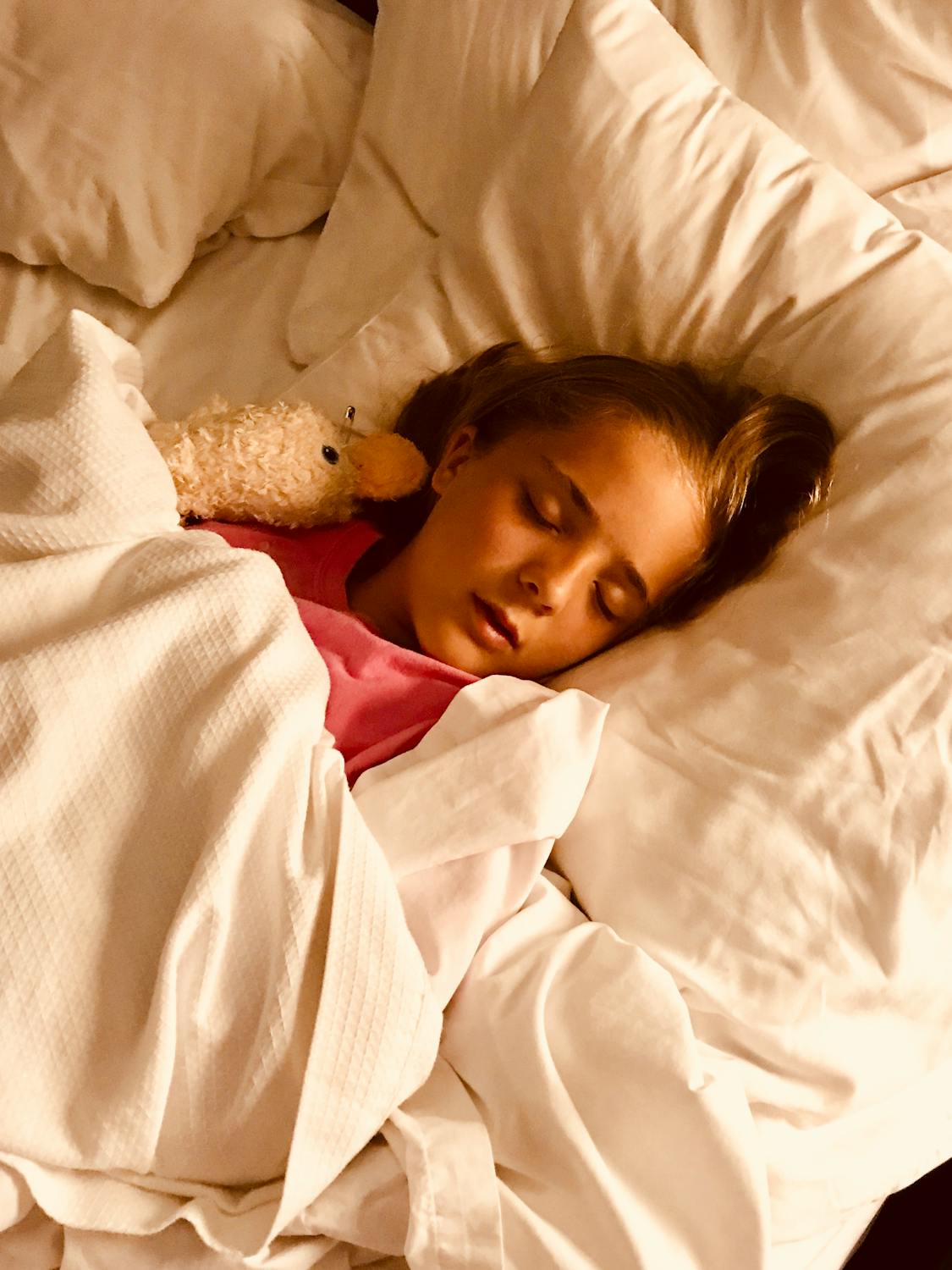Simple Changes To Address Sleep Issues in Autism

Up to 80% of children with autism experience chronic sleep problems, and many adults on the spectrum also have issues with their sleeping patterns. Sleep is important for everyone’s health and wellbeing, but for people with ASD, problems with sleeping can lead to challenging behavior, difficulty concentrating and heightened anxiety during the daytime. Establishing a good routine at bedtime, providing a secure environment in which to sleep, and furnishing it with appropriate bedding can all help to ensure a better night’s rest.
Providing Sensory Comfort
A comfortable bed is a crucial element for restful sleep and can help children in making the transition to their own room and learning to sleep on their own. Mattress reviews highlight special features that can match particular requirements of people on the spectrum. They include mechanisms to keep the bed cool, and waterproof covers that may be a practical consideration. The choice of bedding and nightwear can also be important, and picking sheets and pajamas in the right material is essential for those with sensory issues. For the 40% of children with ASD who have been diagnosed with one or more anxiety disorders, the pressure of a weighted blanket may make them feel more secure in bed.
A Subdued Environment
People on the autistic spectrum can have lower levels of melatonin and a disrupted circadian rhythm. Melatonin is produced in a dark environment and prepares the body for sleep. Dimming bright lights, or keeping the bedroom dark with blackout blinds, can help create an environment conducive to sleep and is also more comforting for anyone who is sensitive to light. The blue light of a phone can suppress melatonin levels further, so replacing screen time with reading or quiet music will help promote sleep.
A Regular Routine
Showing signs of compulsive or repetitive behavior is common in people with ASD. At bedtime, a predictable routine can be a powerful tool, harnessing this type of behavior and using it to establish good sleep hygiene. This should include a regular time for bed and waking up, without variation at the weekend. Simple modifications to behavior such as increasing physical activity during the day and then reducing stimulation at night can prepare people with autism better for sleep. Without distractions and disturbances, a calm and quiet atmosphere is created which decreases levels of anxiety.
Although issues with sleep are common in people with autism, by generally practicing good sleep hygiene and creating a calm and restful environment, a longer and deeper night’s sleep can be achieved.


Leave a comment
This site is protected by hCaptcha and the hCaptcha Privacy Policy and Terms of Service apply.